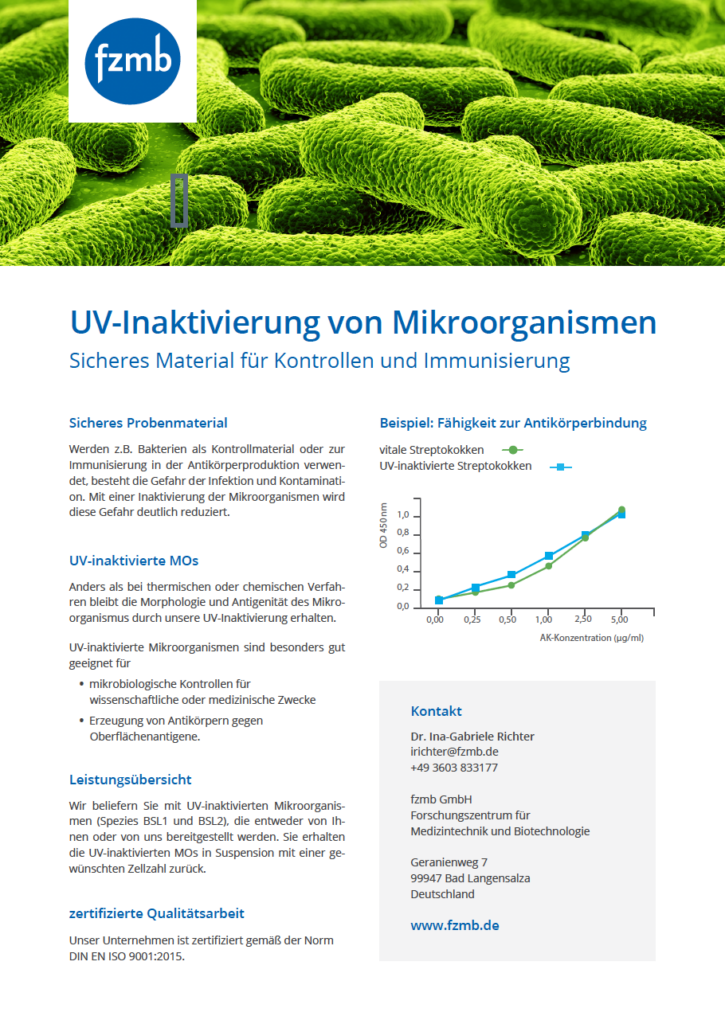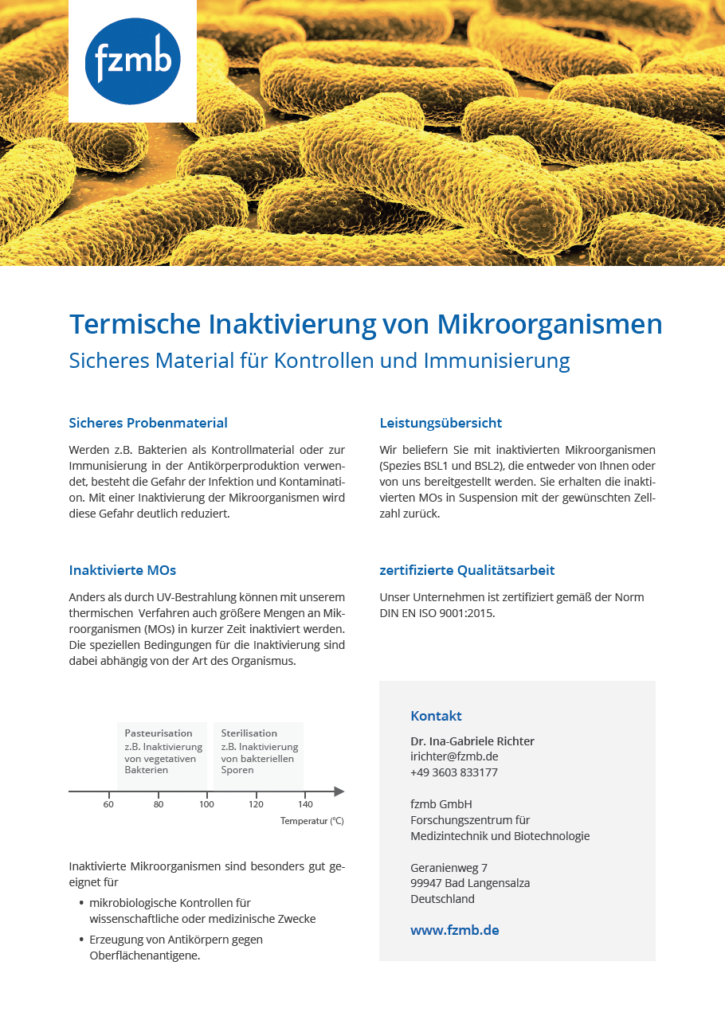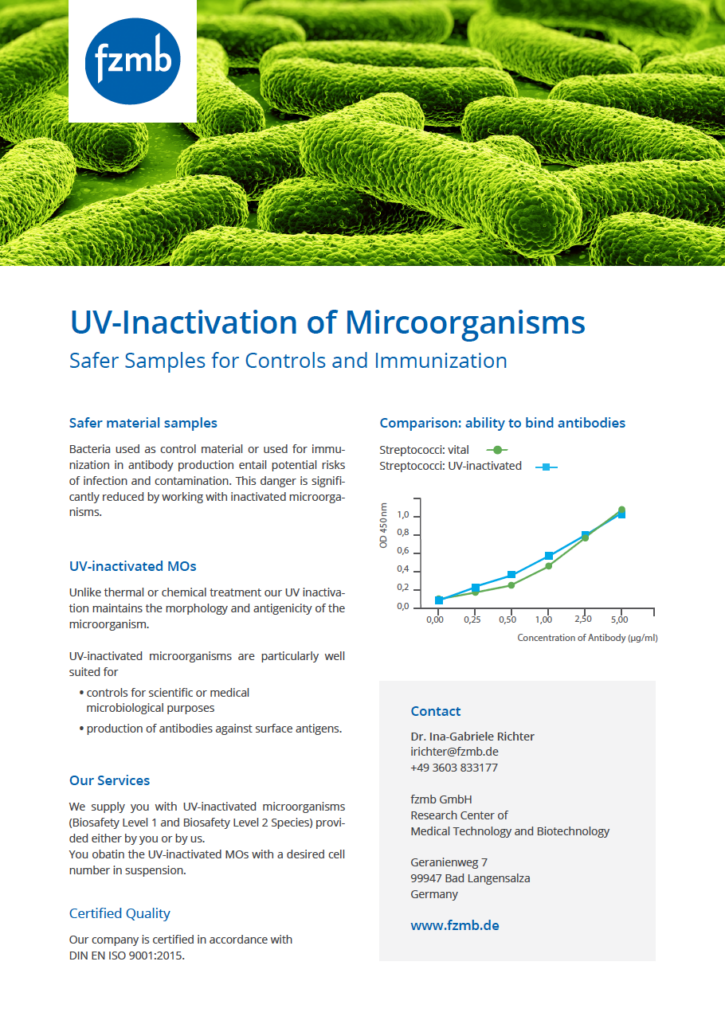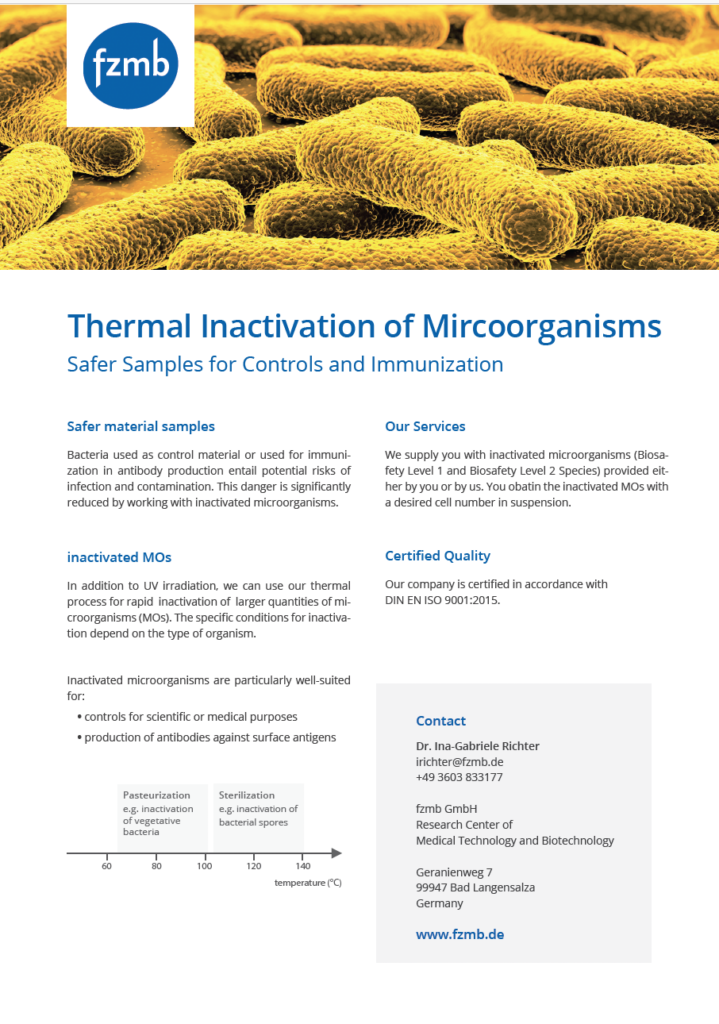We provide various services in the field of microbiology. This may involve food testing or water analysis, but also the deactivation of microorganisms or the establishment of a process for the automatic classification of legionella.
Microbiological tests
Method: Analysis by our accredited laboratory
Our team of 15 employees tests around 45,000 samples per year for product composition and/or microbiological safety, among other things.
The test laboratory is accredited in accordance with DIN EN ISO 17025.
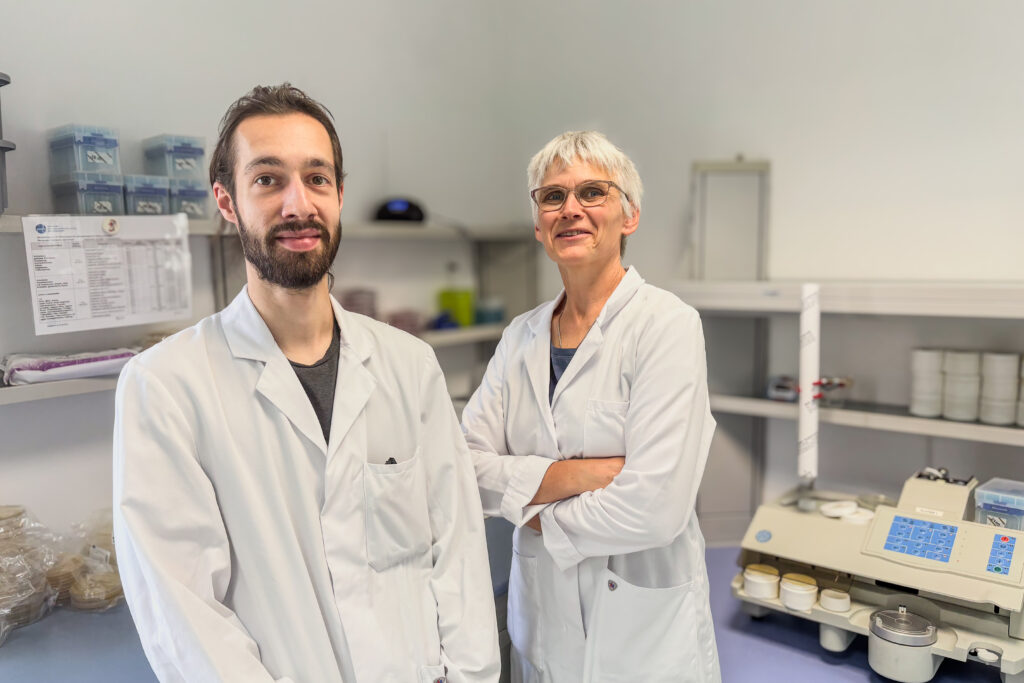
Automatic classification of legionella
Method: Hyperspectral imaging
We develop classification models for the rapid and automated identification of Legionella on incubated culture medium plates.
With the help of a hyperspectral camera, colonies in a water sample are scanned and assigned to known classes according to their spectral and morphological properties using AI-based methods. In this way, Legionella can be distinguished from foreign flora. In addition, individual serotypes of Legionella can also be classified.
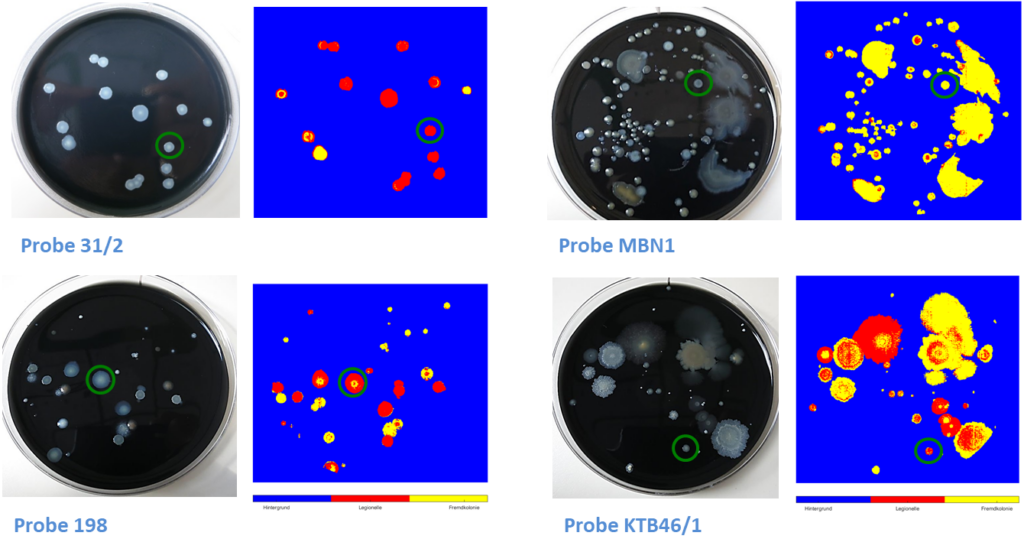
Microorganisms as control material
Method: Thermal or UV inactivation of bacteria and viruses
The use of inactivated microorganisms as control material or for immunization for antibody production can minimize the risk of infection and contamination. For this purpose, the corresponding microorganisms are inactivated by thermal or UV treatment.
We offer inactivated microorganisms as whole cell preparations (e.g. inactivated bacteria such as Legionella or Streptococcus) as standardized, independent quality controls for the evaluation of molecular tests. We can also carry out customized inactivation, e.g. of bacteria, according to your specifications. You determine the desired concentrations, buffers and additives.
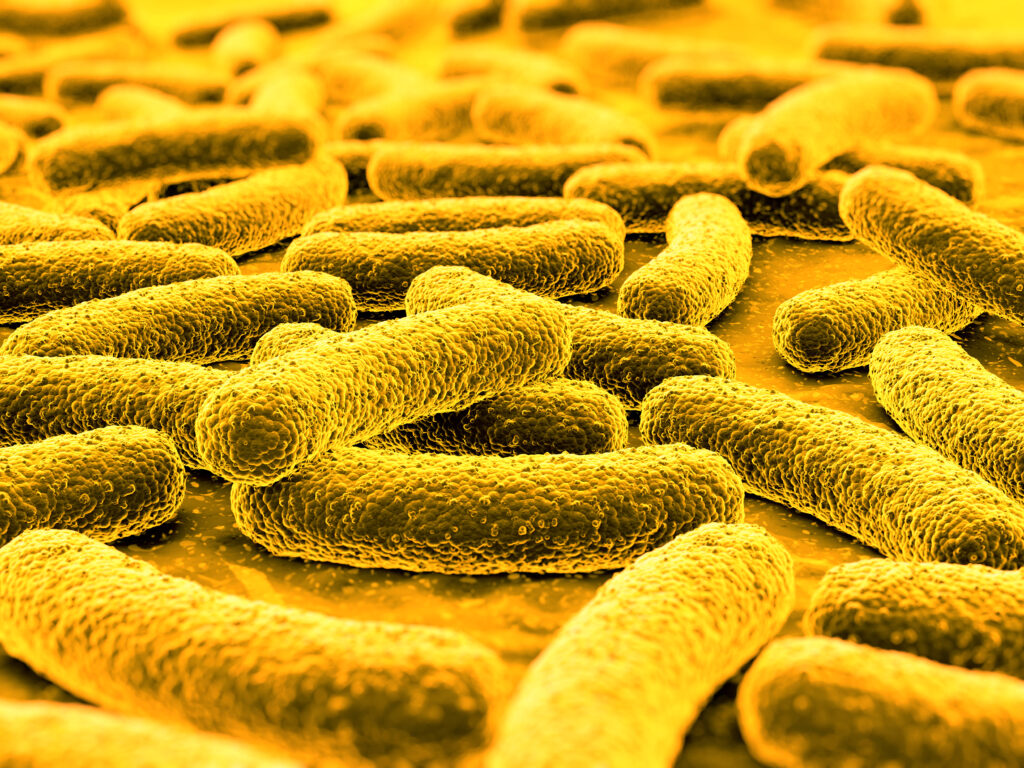
Details UV and thermal inactivation
UV inactivation of bacteria and viruses
UV-inactivated bacteria and viruses are particularly well suited as microbiological control material for scientific or medical purposes. The high-energy UV light damages the DNA, causing it to be inactivated. However, the macromolecular outer surface remains intact. UV-inactivated bacteria are therefore extremely useful for the production of antibodies against surface antigens.
If inactivated bacteria are used as reference material to vital bacteria, comparable results are obtained. UV-inactivated microorganisms are also ideal for evaluating molecular tests as standardized, independent quality controls.
Thermal inactivation of bacteria and viruses
Unlike UV irradiation, our thermal process can also be used to inactivate large quantities of microorganisms in a short period of time. The specific conditions for inactivation depend on the type of organism.


